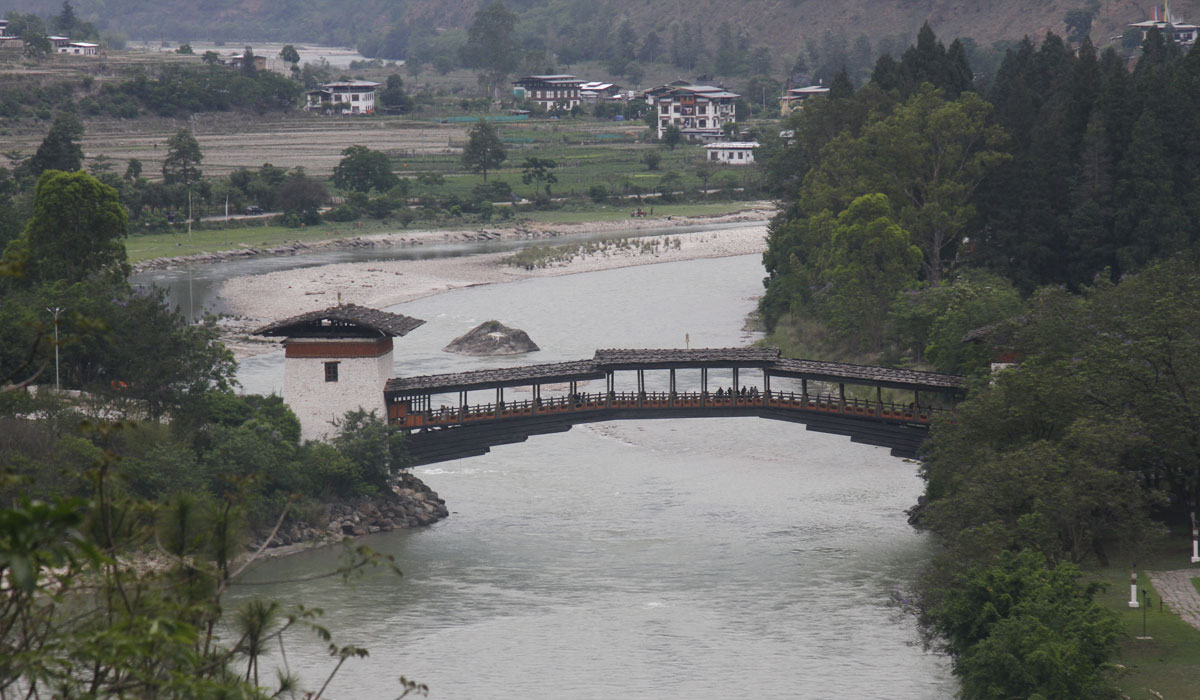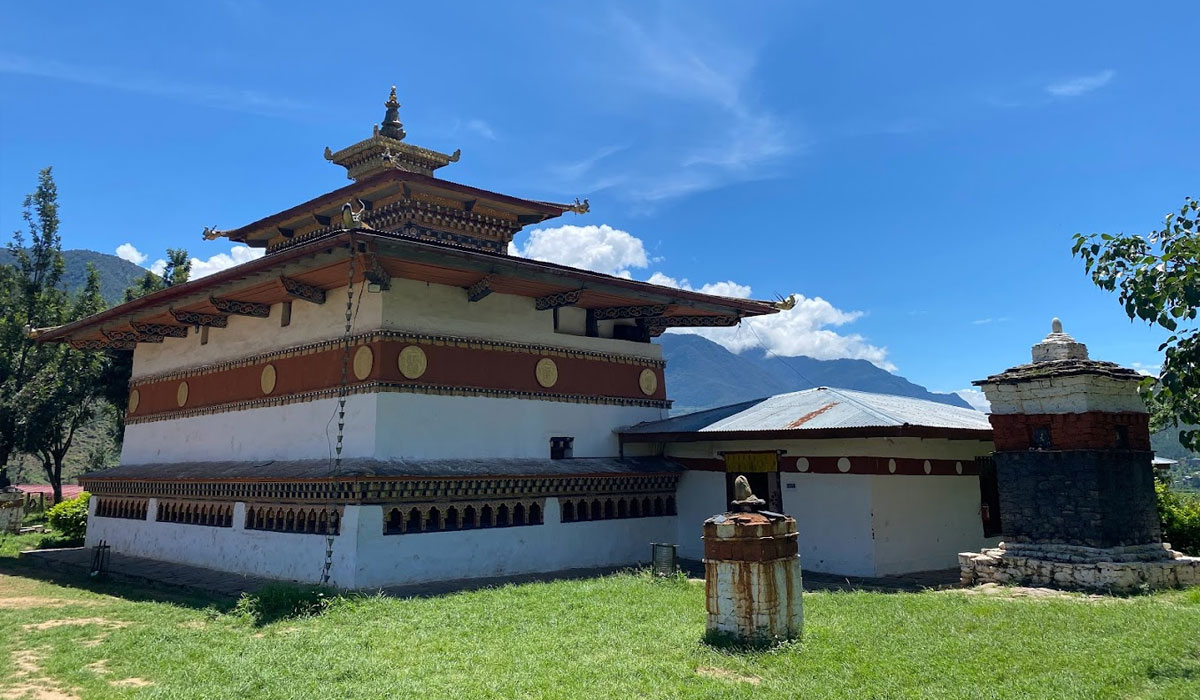


Punakha Dzong: The Palace of Great Bliss
Punakha Dzong, or Pungthang Dewa Chenpoi Phodrang (Palace of Great Bliss), stands as one of Bhutan’s most magnificent architectural marvels. Located at the confluence of the Pho Chhu (Male River) and Mo Chhu (Female River) in the Punakha Valley, this iconic structure is both a spiritual and historical centerpiece of Bhutan.
Historical Background
Constructed in 1637 by Zhabdrung Ngawang Namgyal, the unifier of Bhutan, Punakha Dzong was built to serve as the administrative and religious center of the region. It also holds historical significance as the site of Bhutan’s first national assembly in 1953. Over centuries, it has been the coronation site of Bhutanese kings, including the current monarch, King Jigme Khesar Namgyel Wangchuck.
Architectural Highlights
Punakha Dzong exemplifies traditional Bhutanese architecture, with its intricate woodwork, towering whitewashed walls, and vibrant red and gold roofs. The dzong’s interior features beautifully painted murals depicting the life of Buddha and significant moments in Bhutanese history. Its three-tiered central tower (utse) and the grand courtyard enhance its visual grandeur.
Spiritual Significance
As the winter residence of the Je Khenpo (chief abbot of Bhutan) and the central monastic body, the dzong plays a vital role in Bhutanese Buddhism. It houses sacred relics, including the remains of Zhabdrung Ngawang Namgyal and the sacred Rangjung Kharsapani, a relic believed to be the self-created image of Avalokiteshvara.
Scenic Beauty
Punakha Dzong is renowned for its stunning surroundings. Framed by jacaranda trees that bloom in spring and the majestic Himalayan backdrop, the dzong’s picturesque location at the river confluence adds to its serene charm.
Accessibility
Punakha Dzong is easily accessible via a scenic drive from Thimphu or Paro, crossing the Dochu La Pass. A beautiful cantilever bridge over the Mo Chhu leads visitors to the dzong, offering breathtaking views of the river and valley.
Festivals and Rituals
The dzong hosts the annual Punakha Tshechu, a vibrant festival celebrating Bhutanese culture and spirituality. The festivities feature mask dances, traditional music, and the display of a sacred thangka (embroidered religious tapestry).
Preservation and Community Roles
Efforts to preserve the dzong have been significant, especially after natural disasters such as floods and fires. Its restoration work ensures that this national treasure continues to serve as a religious, historical, and cultural symbol.
Punakha - Places to visit

The Punakha Suspension Bridge, Bhutan’s longest, offers stunning views of the valley and connects Punakha to nearby villages.

Khamsum Yulley Namgyal Chorten is a stunning stupa offering panoramic views of Punakha Valley, showcasing exquisite Bhutanese architecture.

Homestays in Punakha offer authentic cultural experiences, allowing visitors to connect with local families and enjoy traditional Bhutanese hospitality.

Talo Valley, known for its serene landscapes and rich cultural heritage, features beautiful temples and charming traditional villages.

Sangchhen Dorji Lhuendrup Nunnery, perched on a hill, offers stunning views and a peaceful retreat for meditation and reflection.

Punakha Dzong, an architectural marvel, beautifully blends tradition and history, serving as a cultural hub and spiritual center in Bhutan.

Chimi Lhakhang, known as the Fertility Temple, is a vibrant shrine celebrating love and fertility, attracting visitors and pilgrims alike.

River rafting in Punakha offers thrilling adventures through scenic gorges, vibrant landscapes, and exhilarating rapids on the Mo Chhu River.
